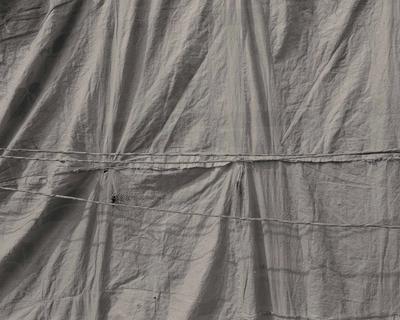
Spicing Up
20th September 2024Walking map here, words by Walid Bhatt.
Along with the English Breakfast and fish and chips, curry is widely regarded to be one of the UK's most popular dishes. While curry is now one of Britain's favourite dishes, its roots go far beyond the 20th century. Chicken Tikka Masala, for example, is said to have been invented in Glasgow during the early 70s by a Pakistani chef who realised that the British enjoyed a gravy-like sauce accompanying their dishes giving rise to a new, milder chicken dish that has been voted Britain's favourite, but the history of South Asian food in Britain is very old indeed.
1. Lloyd's Building, Leadenhall Street
The East India Company, founded in 1600, played a significant role in bringing spices to Britain, laying the groundwork for curry's arrival. The company’s headquarters were on Leadenhall Street in the heart of the City of London. The site is now occupied by the Lloyd's building.
2. Greville Street, Holborn
The first recorded British curry recipe appeared in 1747 in The Art of Cookery by Hannah Glasse. Her recipe for chicken curry, using onion, turmeric, ginger, and cream, is still easily recognisable today. Hannah Glasse was born on Greville Street, Holborn, and her work marks an early step in Britain's culinary adoption of curry.
3. Main Piazza, Covent Garden
In 1811, another early curry recipe appeared in The New London Family Cook, written by Duncan MacDonald, head chef of the Bedford Tavern Hotel on Covent Garden’s Main Piazza. This rabbit curry, served to guests, was key in showing how curry was becoming more established in British cuisine.
4. Haymarket, Piccadilly
The first commercial curry offering in London was at the Norris Street Coffee House on Haymarket. An advertisement reveals that the establishment not only served curry but also offered a home delivery service—one of the earliest examples of Indian food delivery in the city—all the way back in 1773. It was an era in which Mozart was still active. King George III was on the throne, and the American War of Independence was still two years away. The question is, how did they transport curry by horse with no foil containers?
5. Cowper's Court, Bank
The Jerusalem Coffee House on Cowper's Court, a short walk from the East India Company's headquarters, also served curry in addition to the more typical English fare. Popular with the company’s officers, who had developed a taste for Indian food, this coffee house reflected a growing popularity of curry in London during the 18th century.
6.34 George Street, Marylebone
In 1810, Sheikh Dean Mahomed opened London’s first true Indian restaurant, the Hindoostane Coffee House, on George Street. Mahomed, an entrepreneur from Bengal and later adopted by an Anglo-Irish officer of the British Raj, decorated the restaurant with Asian furnishings and offered authentic Indian cuisine along with a personal head massage. With all that in mind, you think Mahomed was onto a winner but sadly this wasn't the case. The restaurant lasted for just one year before he was forced to file for bankruptcy. Mahomed later found success in Brighton, where he ran a vapour bath and massage parlour, earning the nickname "Dr. Brighton." Mahomed was an expert in shampoo, and his services at the bath played a pivotal role in introducing shampoo to Europe.
7. Veeraswamy, Regent Street
Today, London’s oldest Indian restaurants continue the legacy of these early pioneers. The Halal, opened in 1939, The Punjab, founded in 1946, and Veeraswamy, established in 1926 on Regent Street, are enduring symbols of Britain's love for Indian food. Veeraswamy, the oldest, has hosted many notable diners, including Charlie Chaplin and Indira Gandhi.
Image: Sake Deen Mahomed, Shampooing Surgeon, Brighton. 1820’s.
